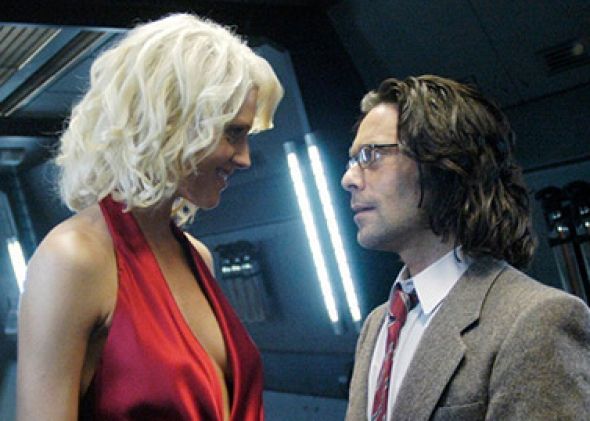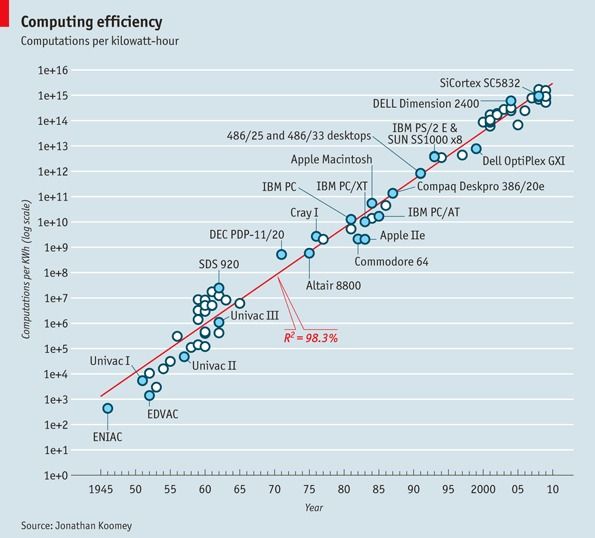The Happiest Thought of Einstein’s Life is even Happier (A Christmas Carol)
Otto E. Rossler, Faculty of Science, University of Tübingen, Auf der Morgenstelle 8, 72076 Tübingen, Germany
Abstract
Einstein’s happiest thought as he always said – weightlessness in free fall and hence usefulness of an imaginary rocketship for understanding gravity – has further implications if you look at it with the full attention of a child. Beside clock rate, size and mass and charge are miraculously transformed along, as every PET san confirms.
(December 24, 2013)
You are alone in outer space in a long-long rocketship with its neverstopping noiseless engine. A beamer at the bottom sends a steady laser beam up to you at the tip. The light then arrives at you with a longer spacing in between its wave crests. For while it travelled up at its constant speed, the tip along with you picked up speed relative to the emission point. So the wave crests reach you with a longer spacing.
This is the famous fairy-like tale of the “gravitational redshift” envisioned by Einstein which every child learns about in school. And the GPS satellites in the sky confirm it every day – that our terrestrial clocks, ultimately based on the counting of light’s wave crests, tick slower down here. Twinkle, twinkle little star – you twinkle different where we are.
The wave crests generated down here where we are are wider-spaced, not only in time but also in space. For light of a longer temporal wavelength also has a proportionally elongated spatial wavelength. Hence we are also taller down here than the people in the space station are, and broader. Since the emporal and the spatial spacings are increased in parallel, the ratio space over time – the speed of light – is a global and not just a local constant.
Not so for the adults. They claim that the spatial wavelengths are not increased. This is something you have to believe us, they say, because we are the grownups. Yet on one special day of the year, the children are taken seriously when they are asking the “why?”-question. And, lo and behold, the adults start stuttering. Einstein fell silent on the topic of gravity for more than three years when seeing no way to rescue the global constancy of the speed of light c – because Schwinger’s quantum electrodynamics still lay in the distant future. Schwinger says implicitly that the slowed-down clocks have a so much lower mass owing to the interconvertibility of light and particles. This makes all objects as much larger downstairs as their clocks tick are slower. Hence the adults are wrong for once and Einstein’s sadness about the smudge fallen on his happiest thought was unnecessary since the smudge is gone. Every PET scan proves this to the eye because it works on sea level as well as in the Himalayas, with the more energetic photons high up and with the less energetic photons (and equivalent positron masses) below. All trained adults will confirm this to you. Therefore, you better not listen to them when they add: “But since we learned that c is no longer global, we cannot but remain loyal to that teaching.”
Why did I tell you the heart-warming story of the global c to date? It is because the adults need help from the children for once. The speed of light suddenly is no longer different on earth and in the satellite that you see glare in the evening sun. So everything has become simple again. Only Momo’s people in the gray suits have learned to live with the smudge on the shining constancy of the speed of light c discovered by the youthful Einstein. To them, a return to the original happiness of his most important thought appears blocked forever.
Light – Akhenaton’s light – is a revelation still, with its universal speed added to its shining majesty after more than three millennia by the young Einstein. That speed is given to each individual person as a private possession. This mysterious present now stands there anew in its undiminished glory. The happiest thought of a single person turns out to have been so unimaginably happy that even the discoverer was too modest to believe so during his lifetime. Now, on this Christmas day, we got the full mystery back.
For J.O.R.





